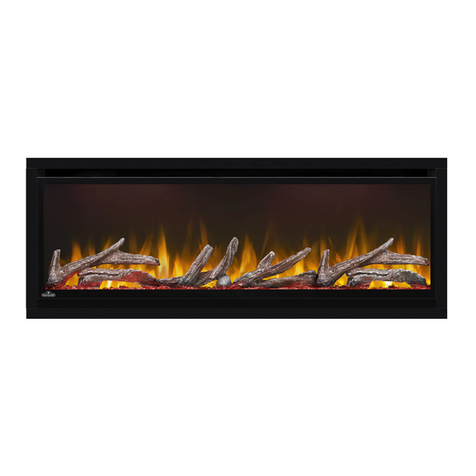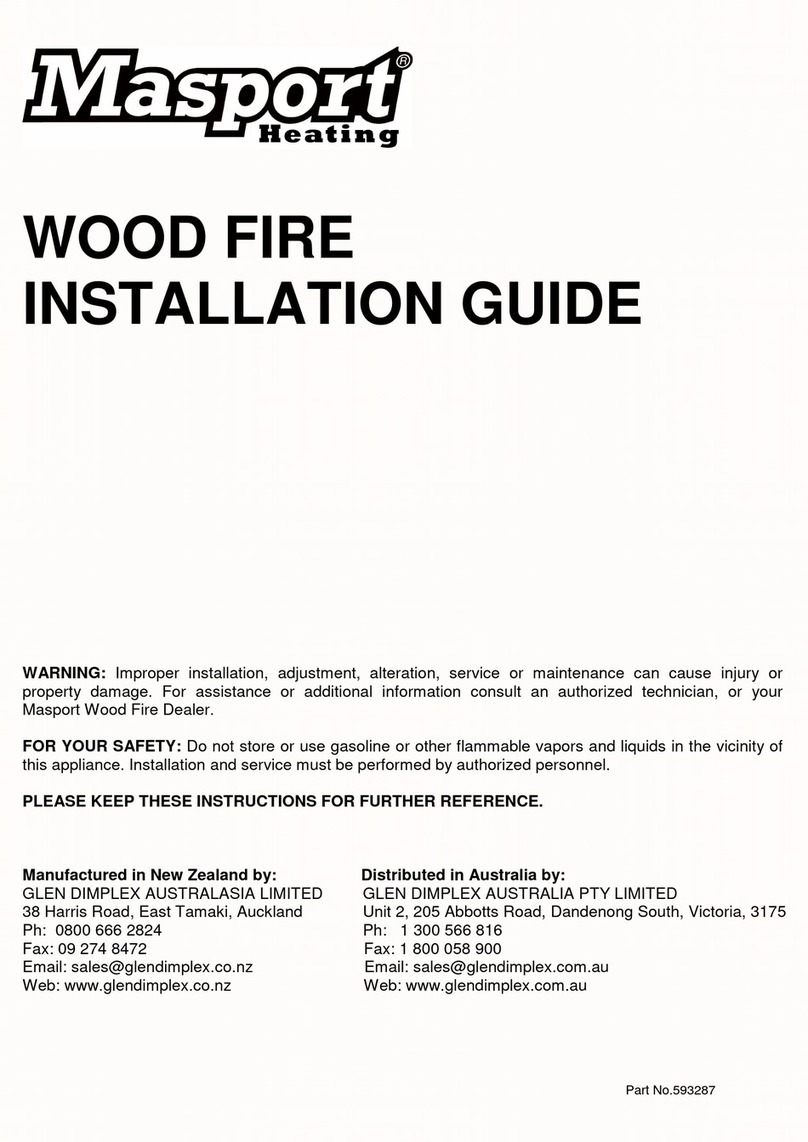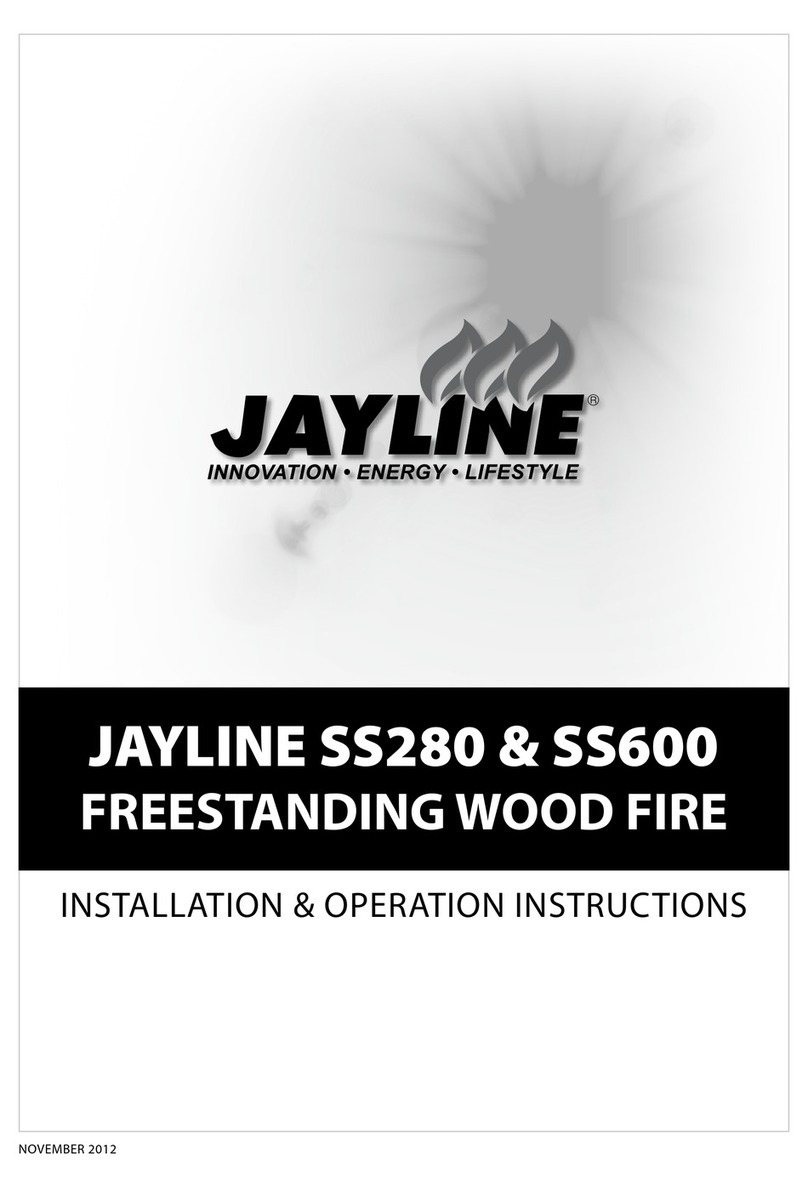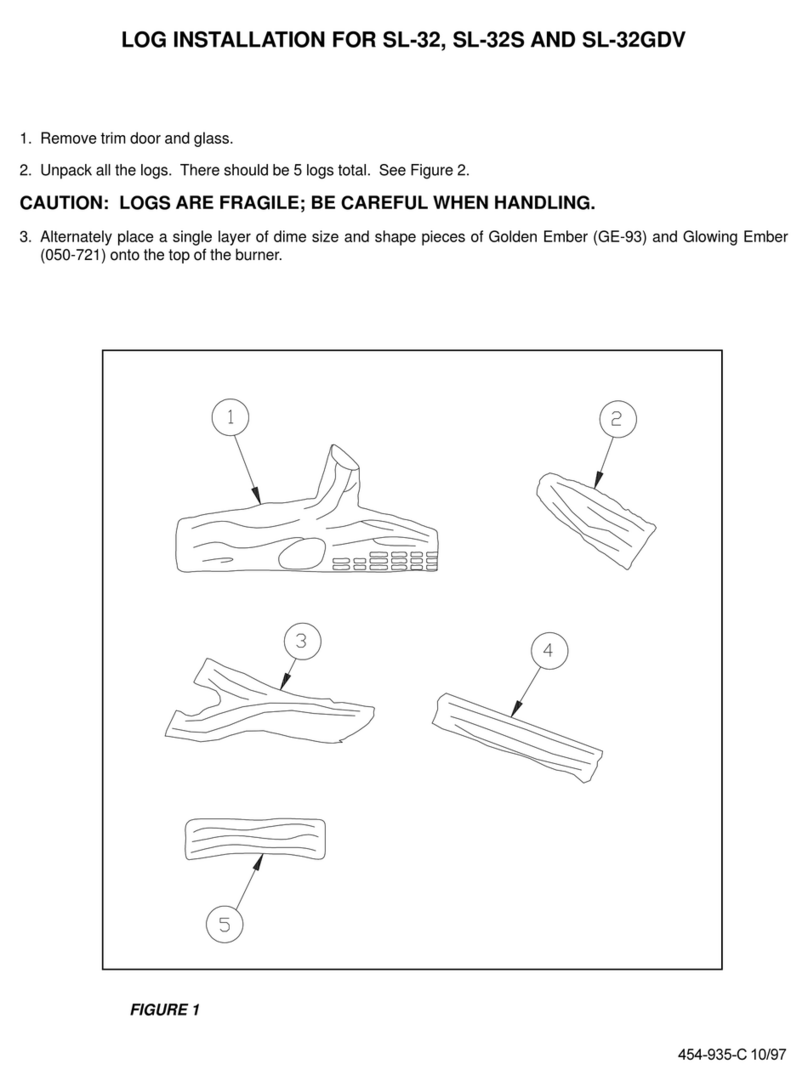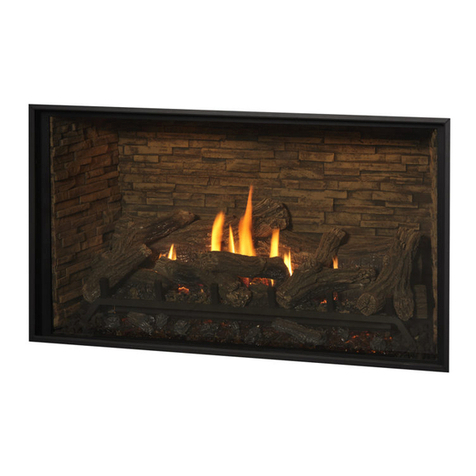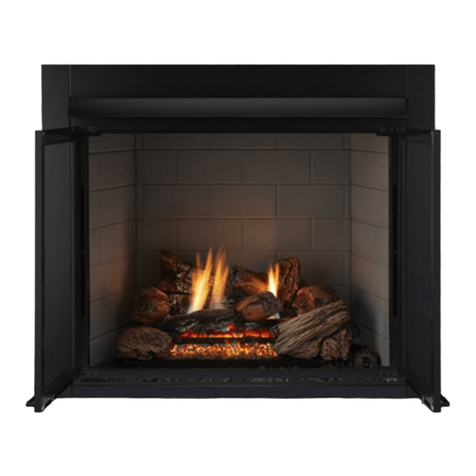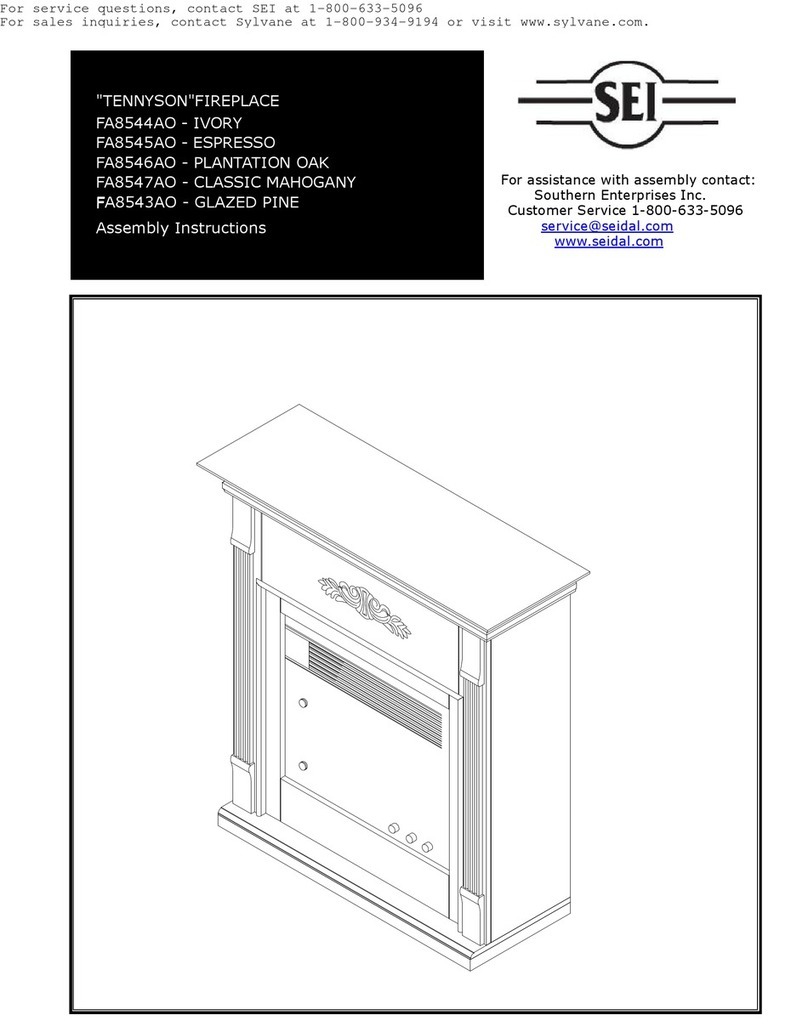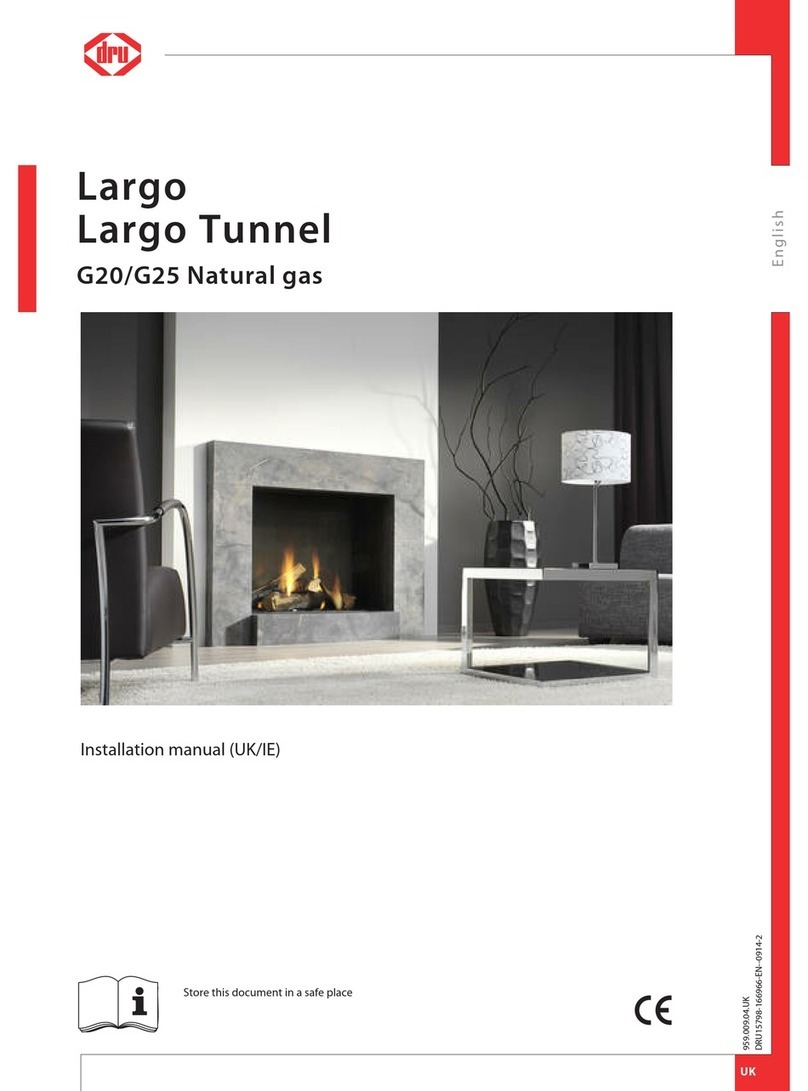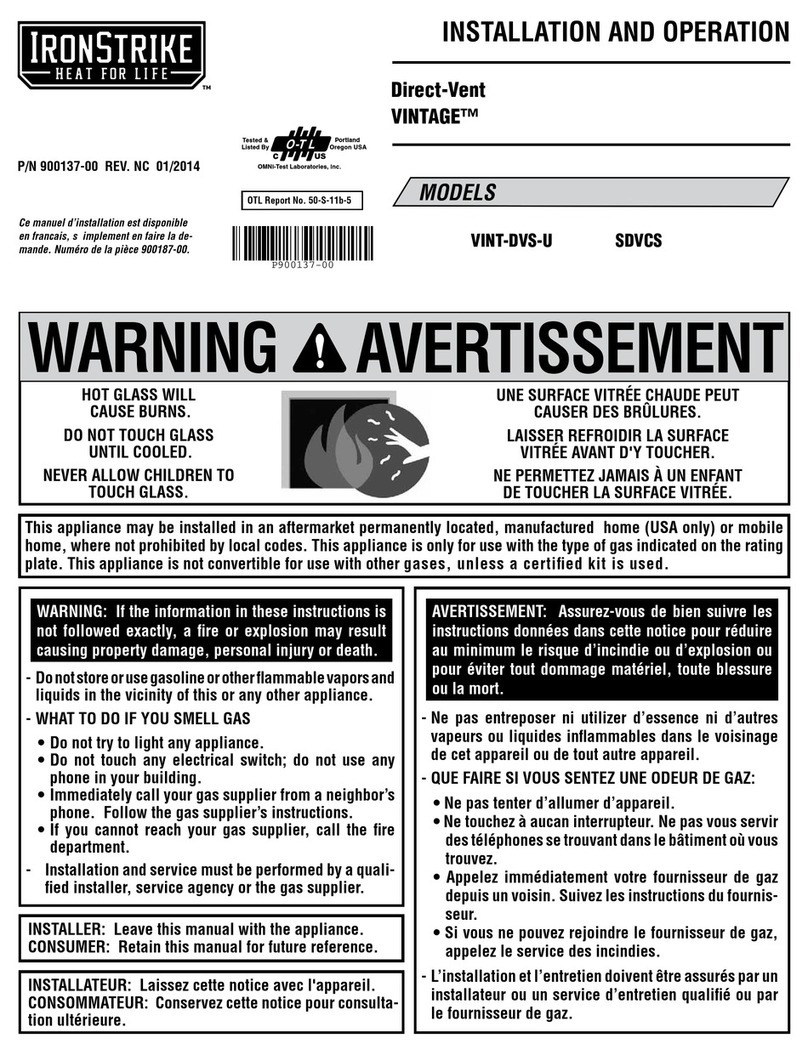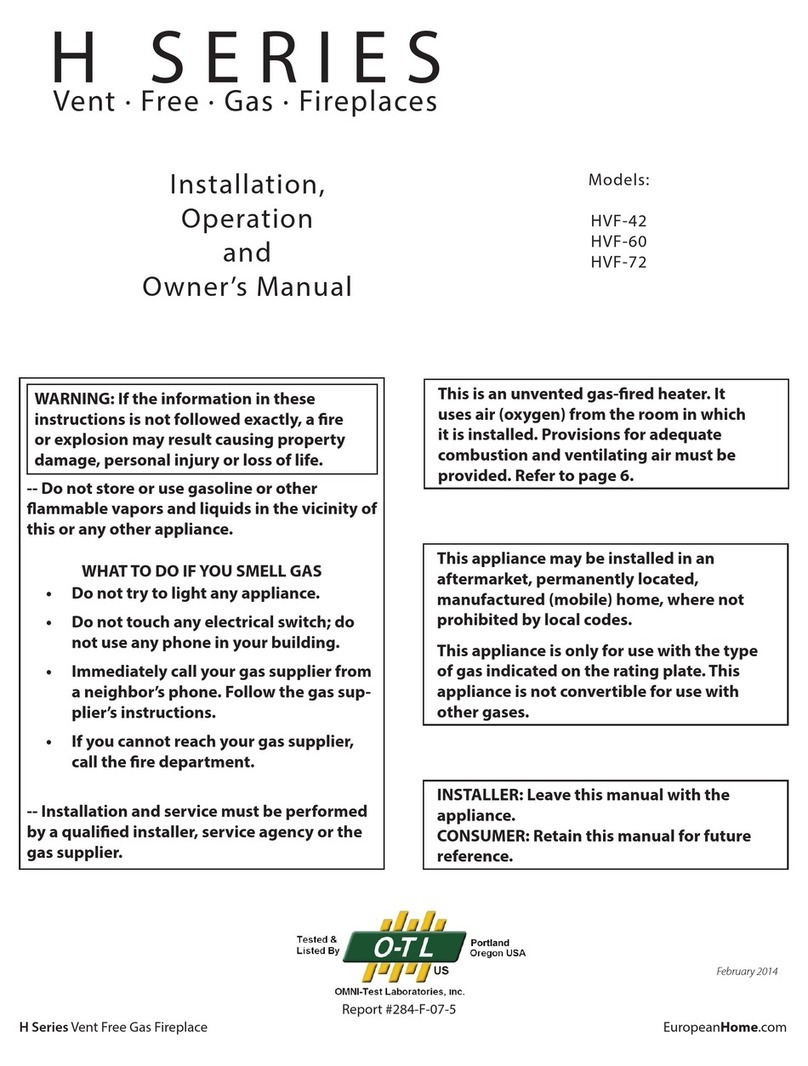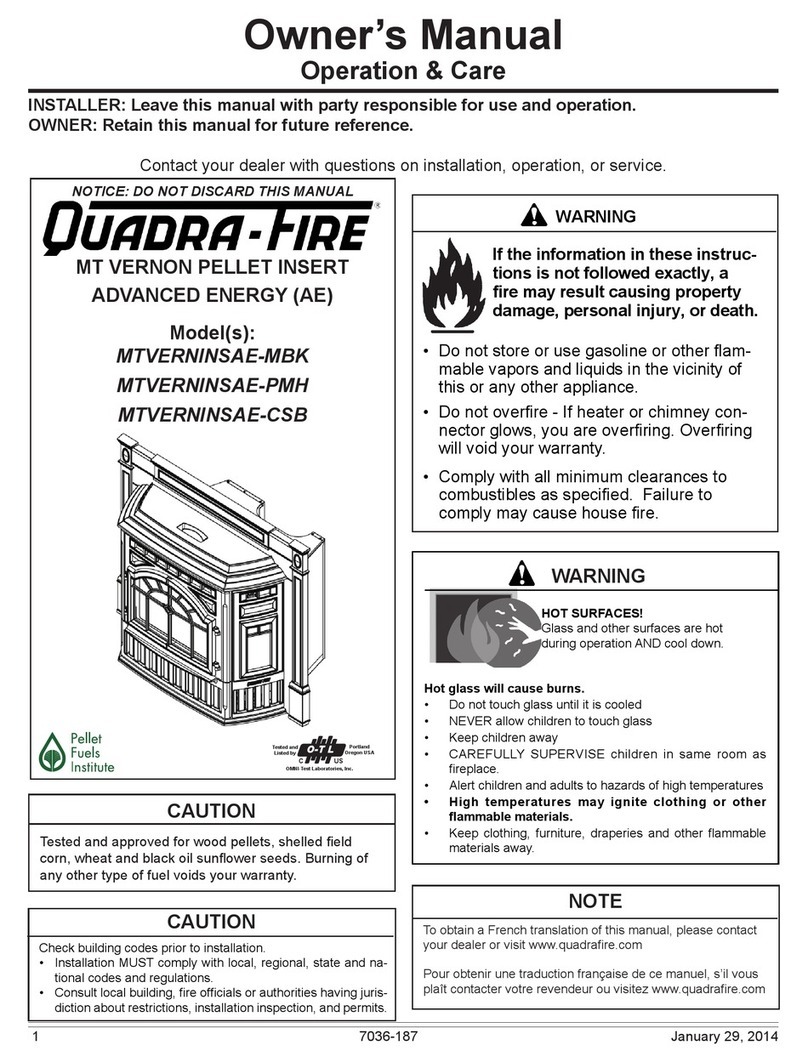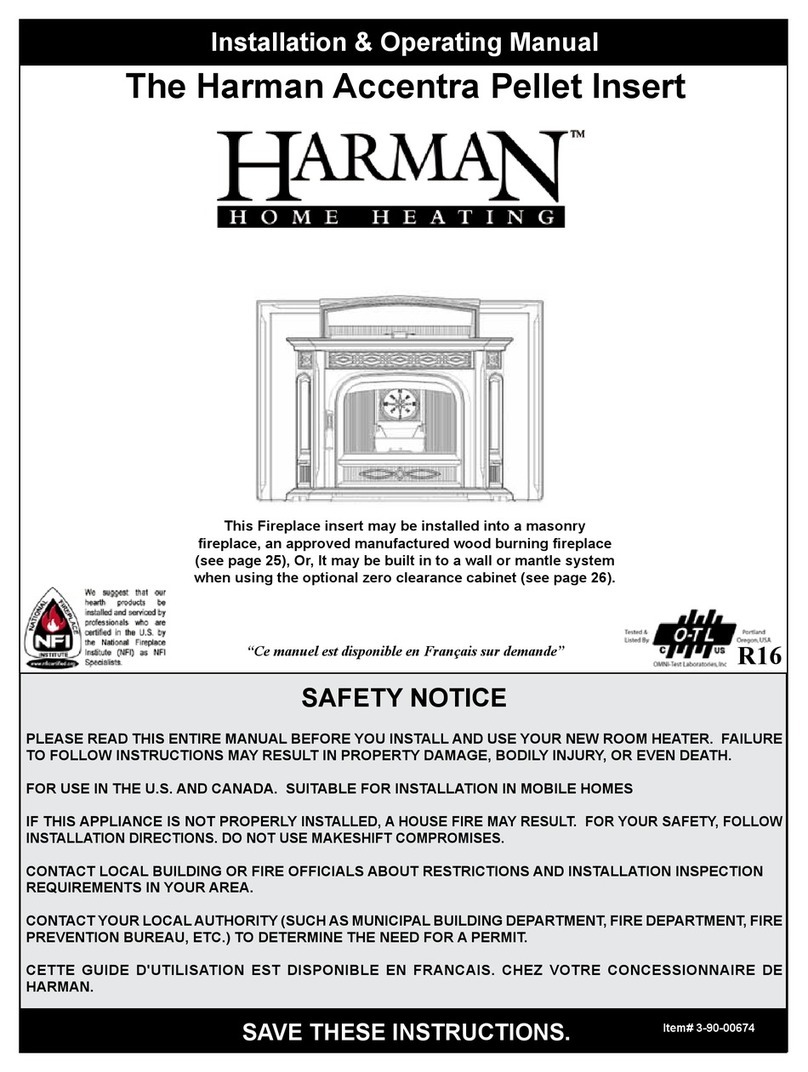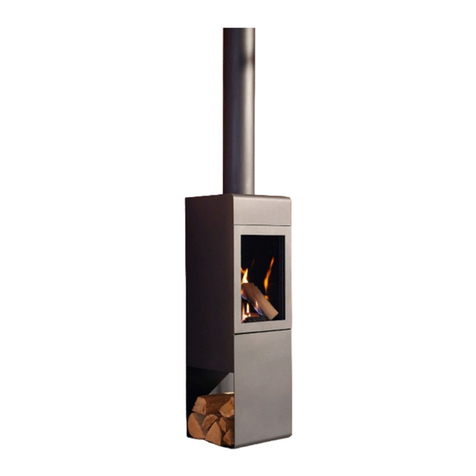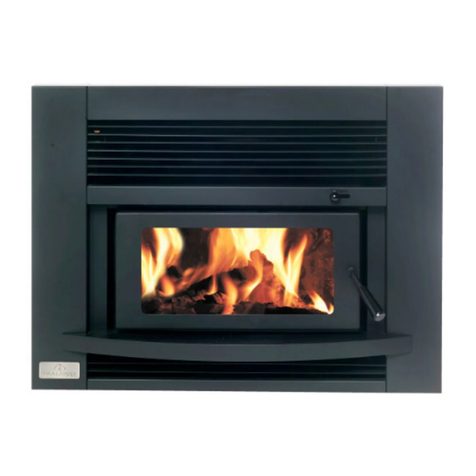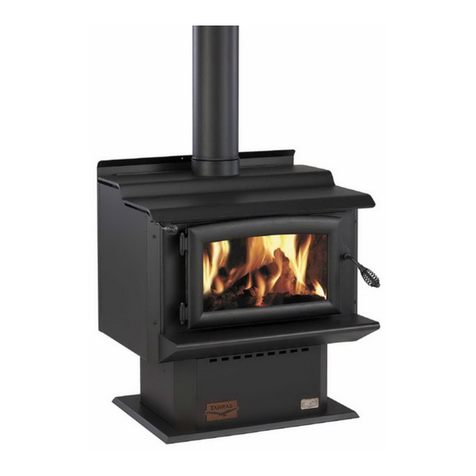10
Installation Instructions
This appliance should only be installed by a trained and NZHHA qualified installer.
Warning: the appliance and flue system shall be installed in accordance with AS/NZS 2918 and the appropriate requirements of
relevant building code/codes.
Warning: appliances installed in accordance with this standard shall comply with the
requirements of AS/NZS 4013 where required by the regulatory authority, i.e. the appliance shall be identifiable by a compliance
plate with the marking “Tested to AS/NZS 4013”.
Any modification of the appliance that has not been approved in writing by the testing
authority is considered to be in breach of the approval granted for compliance with
AS/NZS 4013.
Caution: mixing of appliance or flue system components from different sources or modifying the dimensional specification of com-
ponents may result in hazardous conditions. Where such action is considered, the manufacturer should be consulted in the first in-
stance.
Caution: cracked and broken components e.g. glass panels or ceramic tiles, may render the installation unsafe.
Maintain a clearance of at least 1 metre between front of the appliance and building structure or any other substantial im-
movable object.
If the appliance is installed on a heat sensitive floor, the floor should be protected with an insulation floor protector, which
shall extend entirely beneath the heater. For the correct floor protector extension, refer to dimension C in FIG 1 & 2.
Your appliance shall be seismically restrained, including the floor protector using the provided holes or brackets. The re-
straints should be sufficient enough to resist a seismic loading equal to 0.4 times the mass of the appliance. We recommend a
minimum of 8mm dynabolts on concrete floors and 8mm coach screws for wooden floors of appropriate length.
WETBACK WARNINGS:
Do not connect to an unvented hot water system.
NEVER burn the appliance without the wetback connected to the water system. This will immediately damage the wetback
and void the warranty.
Install in accordance with AS 3500.4.1 or NZS 4603 and the appropriate requirements of the relevant building code/codes.
Minimum Material Specifications
For Floor Protectors on a Floor
of Combustible Material
MODEL SPECIFICATION
BRUNNER
TASMAN
ASPEN
TARRAS MKII
9mm Eterpan LD +
8mm ceramic tiles
FLARE (All Variants)
ECR (MkIII, IV, V)
RMF
TOTARA*
8mm ceramic tiles only
STRONGMAN 24mm Eterpan LD
*The Totara is also approved with 1mm sheet
steel with a 10mm spacing above combustible
material. For use when extending hearths.
